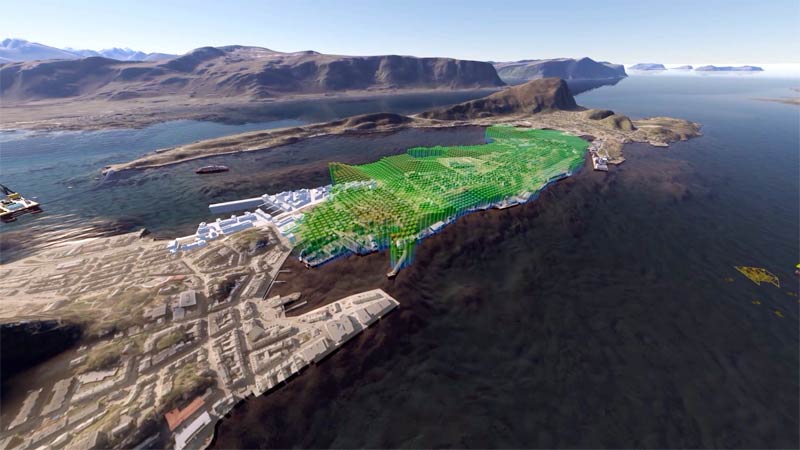Marine Simulation
What is Digital Asset Simulation?
Digital Asset Simulation provides rapid testing and verification of operations, in a safe and repeatable environment.
Digital Asset Simulation allows analysis to be run in real time and can be used as a tool throughout a project or product lifecycle, from the design phase, through implementation and all the way to decommissioning. Saving money and time, as well as enabling safer operations.
Integration of multiple high level physics engines into a common environment means that the prototyping, development of operational procedures, hazard identification and training of large scale SIMOPS is now possible at optimum performance & accuracy levels.
“For the things we have to learn before we can do them, we learn by doing them.”
― Aristotle.
Simulation technology is now at a stage where ALL operations can be simulated.
- Increases in computing power enable previously impossible scenario simulation in real time
- Tools now developed, allow the end user to create their own simulation scenarios – these are no longer the domain of elite software developers
- Proof of concept is provided by the integration of industry standard software to develop the visual, characteristic and behavioural aspects of the simulation model, which when combined with known environment data creates high fidelity real time simulations
- Operationally, simulations can be made that develop / validate operational procedures, reducing time / cost in the HAZID / risk reduction and onboarding stages
Digital Asset Simulation, through Virtual prototyping and Digital twinning Simulation, provides the opportunity to train the actual team, in the real operation prior to going offshore.
- Simulation so realistic the users forget they are not actually offshore
- Ability to create more critical scenarios in a day of simulation training than most people experience in a lifetime offshore
- Asset Simulations bespoke nature, means project teams can be trained before implementation which leads to reduced insurance cost
- Augmented Reality (AR) and Virtual reality (VR) technologies are useful additions to simulation that add value and enhance the learning / training experience
Offshore Infrastructure
Shipping and Port Logistics
Town Planning

Resource Industry
Renewables